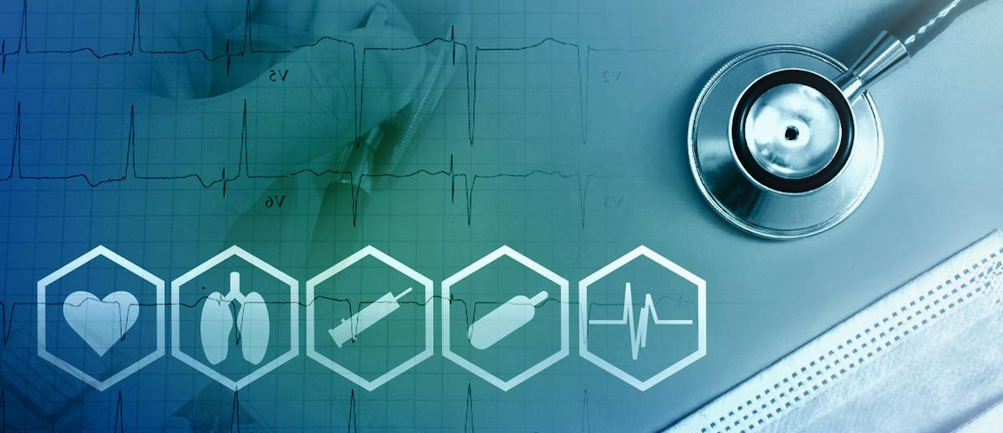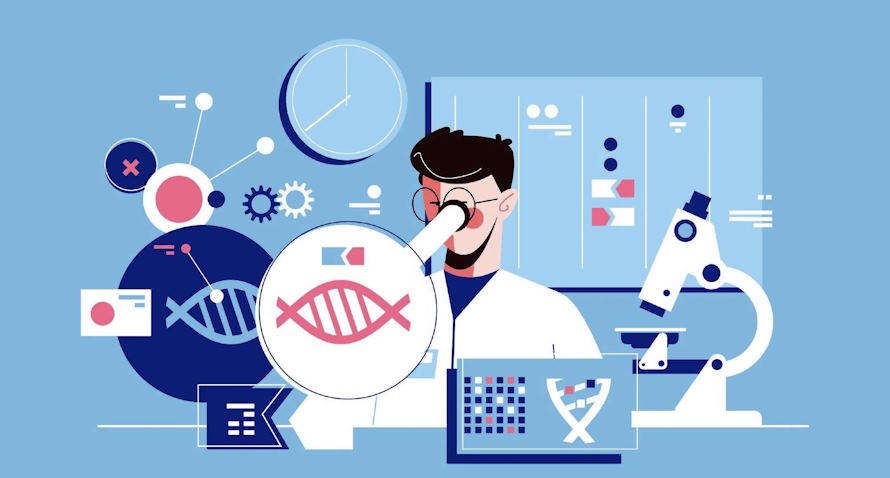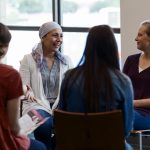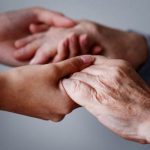Innovations in Care: How Charity Clinics Adapt to Meet Patient Needs

Access to quality healthcare is a fundamental right that should be available to all individuals, regardless of their socioeconomic status. However, the reality is that many vulnerable populations face significant barriers to receiving essential medical services. In the face of these challenges, charity clinics play a crucial role in bridging the healthcare gap by providing vital care to underserved communities. As the landscape of healthcare continues to evolve, charity clinics are actively adapting and embracing innovative approaches to meet the diverse needs of their patients.
Technological Innovations in Charity Clinics
Exploration of telemedicine and its role in expanding access to care in charity clinics
One of the most significant technological advancements revolutionizing the way charity clinics deliver healthcare is telemedicine. Telemedicine refers to the use of telecommunications technology to provide medical services remotely. For charity clinics serving underserved populations, telemedicine has become a game-changer in expanding access to care. Through video consultations, patients can connect with healthcare professionals without the need for physical presence, breaking down geographic barriers and improving healthcare access for those in rural or remote areas. Telemedicine also offers convenience and flexibility, allowing patients to receive timely care without the hassle of traveling long distances or facing transportation limitations. By embracing telemedicine, charity clinics can extend their reach and provide vital healthcare services to a broader population, ultimately improving health outcomes and reducing health disparities.
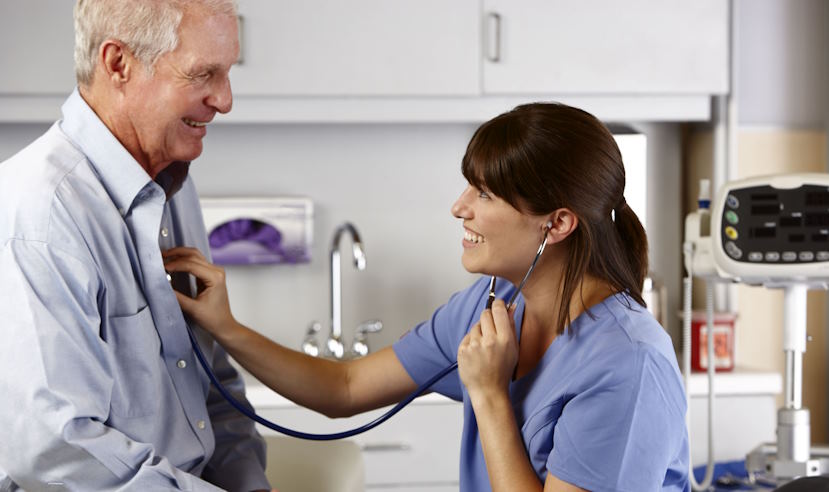
Discussion of electronic health records (EHRs) and how they streamline patient information management
Electronic Health Records (EHRs) have transformed the way healthcare providers manage patient information, and charity clinics are no exception to this revolution. EHRs are digital versions of patients’ medical records that contain comprehensive information about their medical history, diagnoses, medications, and treatments. Charity clinics adopting EHR systems can streamline their patient information management processes, improving efficiency and coordination of care. EHRs enable healthcare providers to access patients’ records instantly, facilitating accurate diagnoses and treatment decisions. Moreover, EHRs enhance communication and collaboration among different healthcare professionals within the clinic, ensuring a cohesive approach to patient care. With EHRs, charity clinics can efficiently track patient progress, identify trends, and make data-driven decisions to enhance overall care quality and patient outcomes.
Patient-Centered Care Models in Charity Clinics
Explanation of the patient-centered medical home (PCMH) model and its implementation in charity clinics
Patient-centered care lies at the heart of charity clinics’ mission to provide compassionate and personalized healthcare. One model that embodies this approach is the patient-centered medical home (PCMH). The PCMH model emphasizes a comprehensive, team-based approach to care that puts the patient at the center. In charity clinics, implementing the PCMH model involves creating a patient-centric environment where healthcare providers work collaboratively, integrating primary care, preventive services, and coordination of specialty care. This model fosters continuity of care, promotes effective communication, and empowers patients to actively participate in their healthcare decisions. By embracing the PCMH model, charity clinics can ensure that patients receive comprehensive and coordinated care that is tailored to their individual needs, resulting in improved health outcomes and enhanced patient satisfaction.
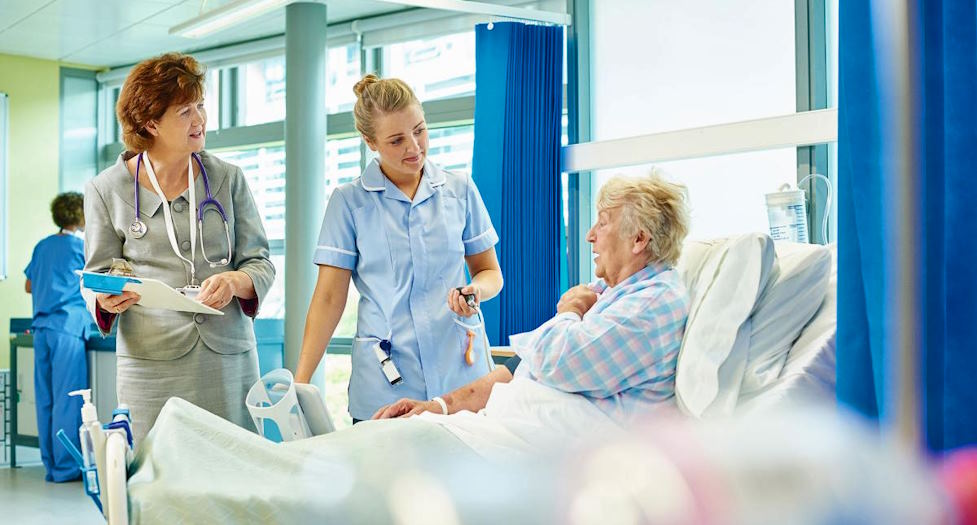
Discussion of the importance of cultural competency and language services in delivering patient-centered care
In the diverse landscape of healthcare, cultural competency and language services play a crucial role in delivering patient-centered care, particularly in charity clinics serving diverse populations. Recognizing and respecting patients’ cultural backgrounds, beliefs, and languages is essential for establishing trust, effective communication, and understanding. Charity clinics strive to provide culturally sensitive care by training their healthcare providers in cultural competency, promoting diversity within their staff, and offering language services such as interpreters or translated materials. This ensures that patients feel comfortable, understood, and respected, allowing for better engagement and adherence to treatment plans. By prioritizing cultural competency and language services, charity clinics can bridge the cultural and linguistic barriers that often hinder access to quality healthcare, promoting equitable care for all patients.
Examination of patient feedback mechanisms and their role in improving care quality and patient satisfaction
To continuously improve care quality and enhance patient satisfaction, charity clinics value and actively seek patient feedback. Patient feedback mechanisms, such as surveys, focus groups, and suggestion boxes, serve as valuable tools for understanding patients’ experiences, preferences, and concerns. By actively listening to patients’ voices, charity clinics can identify areas for improvement and implement necessary changes. Patient feedback helps in identifying gaps in care, addressing communication challenges, improving wait times, and enhancing overall patient experience. Additionally, involving patients in decision-making processes and incorporating their input into the clinic’s policies and practices fosters a sense of ownership and partnership. Through robust patient feedback mechanisms, charity clinics can ensure that their care delivery aligns with patient needs and expectations, ultimately leading to higher levels of satisfaction and better healthcare outcomes.

